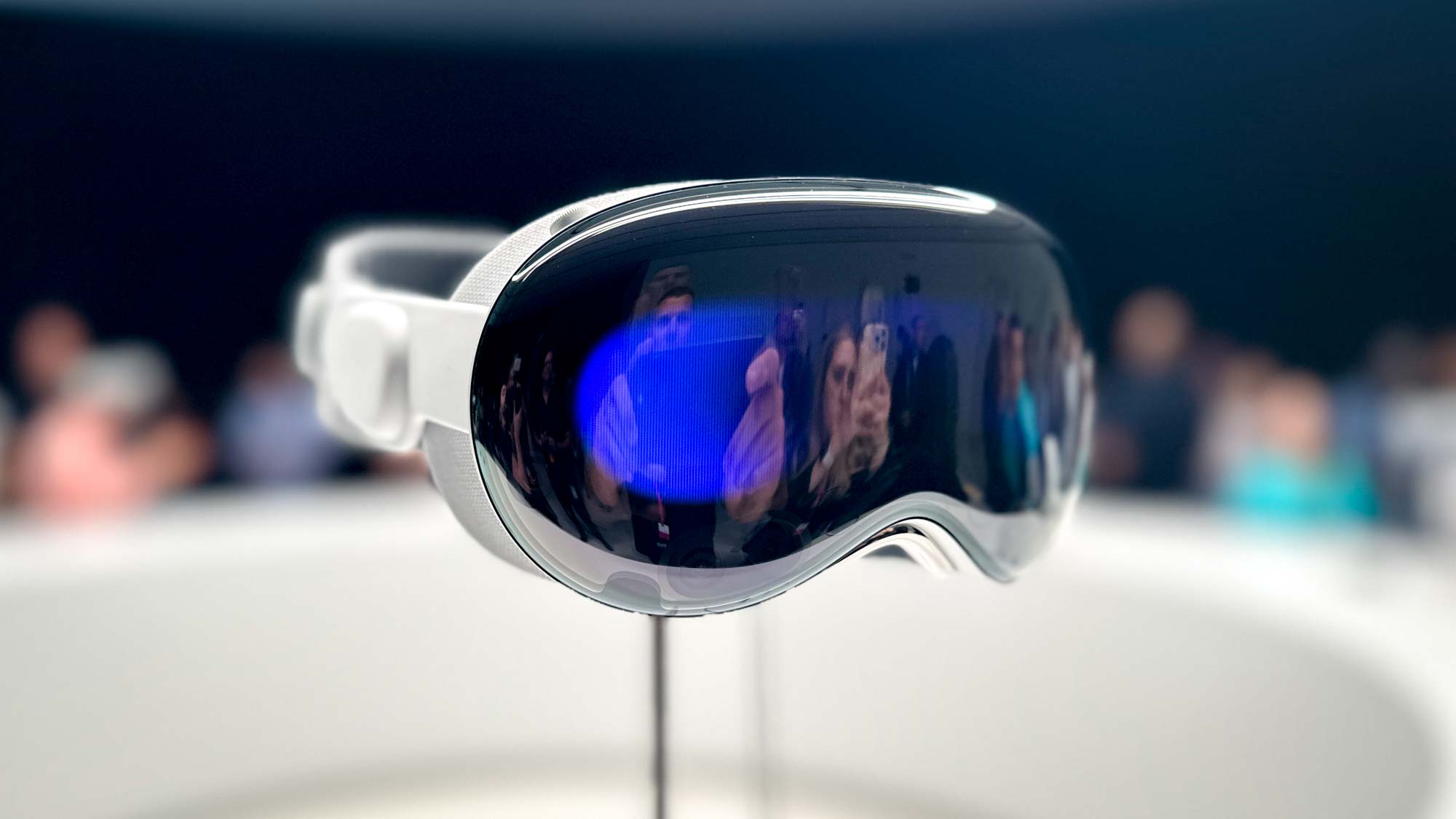I saw LG’s 2023 TV lineup, but this surprising screen has me most excited
LG's highly-anticipated bendable screen is finally coming to Australia.

LG’s 2023 TV lineup is already known to the world, having first been announced at the annual Consumer Electronics Show (CES) in Las Vegas back in January this year. As expected, there were updates to the incredibly popular B, C and G series — we’ve already gone hands-on with the C3 OLED and G3 OLED (watch this space for the B3) — and initial impressions are good.
Pricing and availability in Australia for the LG 2023 lineup was revealed on April 18 and I was able to see the complete range in person, to go eyes-on with them all. But for all their accomplishments in brightness, contrast and colour reproduction (which really was something to behold), I was most impressed with a much smaller 42-inch TV called the LG OLED Flex (42LX3Q). In fact, I think it’s one of the most exciting displays I’ve seen in a long time.
Flexing its muscle
The LG OLED Flex is only available in the one size (at least at launch) and can transform from a flat screen to a curved panel at the touch of a button on the included remote control. Yes, you now have the luxury of enjoying the visual benefits of both a curved and a flat screen in one rather gorgeous package.
LG was one of the pioneers of curved TVs back in 2013 (the South Korean company is celebrating 10 years of OLED in 2023) and with them promised a more immersive viewing experience, minimal glare and improved viewing angles… but only if you were sitting directly in front of the centre of the screen.
Curved screens may have slowly been phased out and replaced by ultra-thin flat screens, but in this new guise, LG is hyping up the OLED Flex’s ability to function as both an immersive gaming TV and a fully capable screen for some nighttime movie watching . And, while I wouldn’t exactly refer to myself as a hardcore gaming fanatic, if I had an LG OLED Flex sitting in front of me, I could see myself becoming absorbed in the culture pretty quickly.
You can view the OLED Flex transforming from curved to flat, in the video below.
Why? Firstly, I don’t think I’d ever get tired of seeing the screen transform from flat to curved. It’s just cool and I can’t imagine anyone would be able to argue otherwise.
Get instant access to breaking news, the hottest reviews, great deals and helpful tips.
Secondly, from my brief time ogling the display, the immersive effect really did become apparent. Whether you’re playing a racing sim, a first-person shooter or you want to while away the hours casting spells in Hogwarts Legacy, the curved nature of the OLED Flex really does suck you in.
The curve of the OLED Flex is rated at 900R, meaning it’s quite an aggressive curvature. If you do think it’s a little too much for your preference, you can adjust it to any of 20 incremental settings.
As for screen technologies, the OLED Flex supports Dolby Vision gaming at 4K 120Hz and has the all-important HDMI 2.1 connectivity (four ports in total) for pairing perfectly with a PlayStation 5, Xbox Series X or a gaming PC setup. To further cement its gaming credentials, the OLED Flex is G-Sync compatible — which means it gets the Nvidia stamp of approval — and it also supports AMD FreeSync.
LG also confirmed that 4K game streaming is expected to arrive later this year.
You’re also able to resize the image on the screen to either 32 or 27 inches and, to save you connecting a gaming headset, the LG OLED Flex has a built-in microphone and 40W front-firing speakers that support Dolby Atmos. You also get an antenna input and three USB ports to connect other peripherals and devices.
A jack-of-all-trades
While the OLED Flex may be geared heavily towards gaming, the very fact it can also be used as a flat-screen TV lends itself perfectly to being a regular telly for watching movies and TV shows, too.
This essentially makes it two TVs in one, and could save you from investing in one of the best gaming monitors as well as one of the best OLED TVs. I am aware that the Flex is available only in 42 inches — and LG didn’t say it was planning to release it in larger sizes — so it’s not going to be a TV that the whole family can crowd around in the living room.
But as a screen in a smaller room, such as a bedroom or a dedicated gaming den, it could just be perfect. Plus, its ability to function as two displays does also help to justify its price tag.
The LG OLED Flex will cost AU$4,999 when it launches in July.

Max is a digital content writer for Tom’s Guide in Australia, where he covers all things internet-related, including NBN and the emerging alternatives, along with audio and visual products such as headphones and TVs. Max started his career in his homeland of England, where he spent time working for What Hi-Fi? and Pocket-lint, before moving to Australia in 2018.
